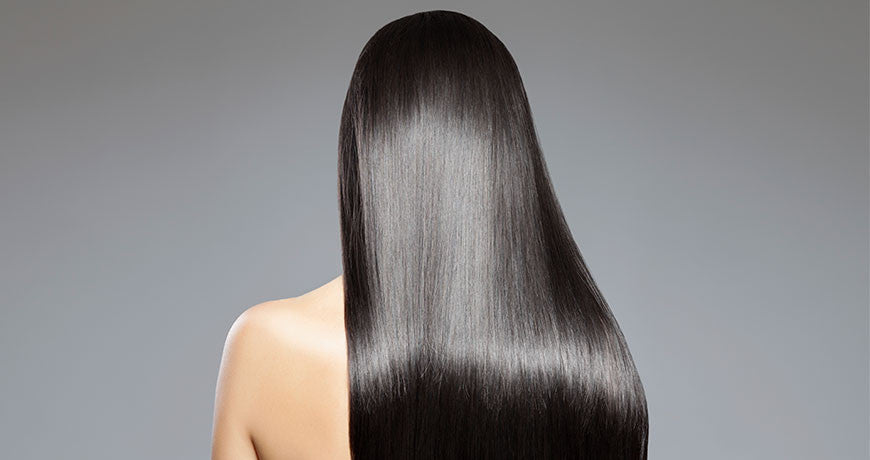
Straight hair has been a popular hairstyle choice for women across the world for centuries. Since the days of ancient Egypt where flat iron plates were used to straighten out hair, to recent chemical treatments – women have longed for frizz-free straight styles. In fact, for those who don't embrace their curls, frizz-free, easy to manage straight hair can be a lifelong quest.
Thanks to incredible advancements in the hair and beauty industry, achieving the perfect everyday straight hairstyle is now easier than ever. From short bobs to long luscious locks, straight hairstyles have never looked better. But where did it all start? And what can we look forward to next in the wonderful world of hair straightening?
In this blog, we're rewinding the clock to look at the history and future of hair straightening. Plus, you can find out what's available right now.
A hair-raising history of straightening
Straightening hair dates back as far as ancient Egypt, where flat iron plates were used to straighten unruly hair. A method which more than not resulted in burns – ouch!
The desirable straight hairstyle was popular throughout many periods in history. Dating back as far as the Nineteenth century, when there is evidence of the first heated hair styling device. Invented by French hairstylist Marcel Grateau, his styling technique involved curling hair around a heated rod with teeth. His device was the inspiration for the Scottish heiress, Lady Jennifer Bell Schofield, who invented the first straightener that consisted of hinged metal plates attached to long tongs to avoid burns to the hands.
Later in the 20th century, chemical straightening methods were developed to change the basic structure the hair. This treatment, often referred to as ‘relaxing', provided to be extremely popular with African-American communities in the 1950s. However, chemical straightening often had damaging effects and risks, such as burns to the hair and scalp and hair breakages.
A smooth and successful future
Thankfully, today we can get perfectly smooth, straighter hair without the risk of damage to hair and skin. From chemical straightening and Brazilian Keratin treatments up to current advancements, KeraStraight founder Jez Barnett believes that straightening techniques have come a very long way in recent years.
"The first chemical techniques", says Jez, "had the desired effect of straightening hair. But the damaging chemicals that they contained meant that they were not suitable for use on hair that had already been damaged by colouring. They also had the undesirable effect of leaving hair flat and lifeless."
One of the greatest advances in recent years has been the development of Keratin treatments. In 2008, the revolutionary Brazilian Keratin treatment first arrived in the UK. As well as straightening, this technique has the added effect of smoothing and repairing hair, making it very popular with many people all over Britain. However, the treatments were unpleasant to use, and there was certainly more work to be done to improve the experience for clients.
KeraStraight to the rescue!
With KeraStraight's Heat Protection Spray, it's possible not only to create a shield to protect the hair from the harmful effects of heating but also leave your hair stronger, healthier and soft to touch. Also, the straightening experience is now an enjoyable one for the client and hairdresser alike.
KeraStraight's products have revolutionised hair straightening techniques, but what's next? Far from complacent, Jez is looking to the future for more amazing advancements in the world of hair straightening:
"Although the straightening treatment process and benefits have progressed immensely over the last few years, we are always looking to improve the experience for clients and salons. So expect even greater results in the future. One of the changes we are already seeing is the introduction of KeraStraight treatments in salons across the UK. Their newer hair stylists had not known a time when they didn't have this amazing transformational service to offer their clients and couldn't imagine working without it."

